Harmony, Peace and Balance
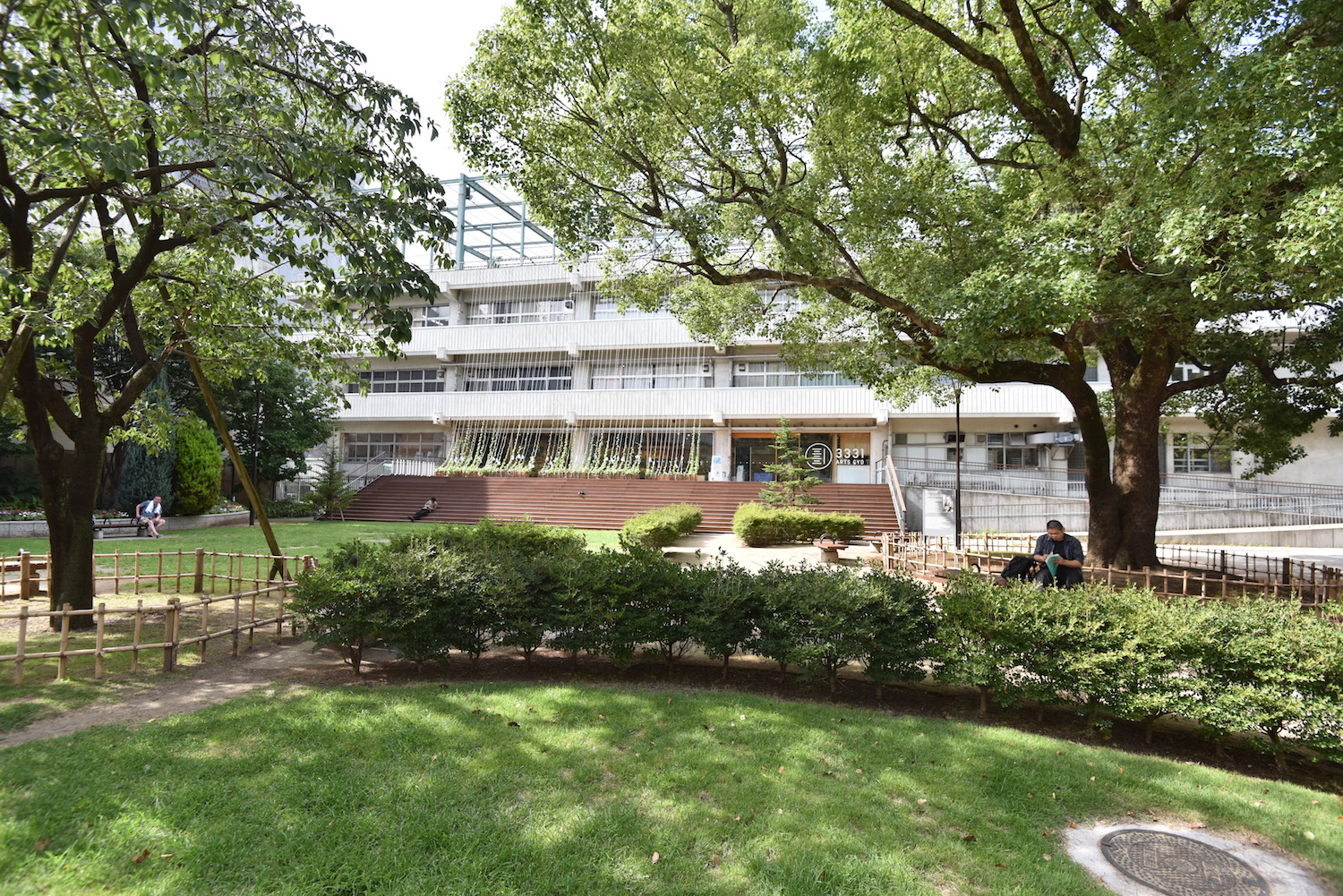
Tom Metcalfe visited Tokyo as part of the Playable City Tokyo Residency 2018.
This was my first visit to Japan. I’ve wanted to visit for a very long time and I am, perhaps surprisingly, delighted this opportunity came now and not before. There is something powerful about seeing and listening for the first time, and being prepared to see and listen. I’m much better at this now than I was even 5 years ago. This trip was timely…
I’m a designer. I try and craft compelling experiences, often with new technologies of some variety. Since the beginning of my design career, I have loved Japanese graphic and product design – particularly the works and writing of Hara Kenya and Fukasawa Naoto and similar designers. Their approach, philosophy, application of aesthetics, simplicity and use of technology have resonated with me far more than the superstars of Western product design like Dieter Rams and Jony Ive. However, despite all my research and continued practice, I’m still on that journey to find out why that might be.
July this year, I finally arrived in Tokyo. I was super excited, with expectations high. I had been selected as one of two residents for the Playable City Tokyo Residency and was to spend the next ten days exploring Tokyo and immersing myself in everything Japanese. At the end, perhaps I’d have a direction to take the residency, perhaps not, but in September I would return with an experience prototype to test ideas.
I travelled with fellow resident Sophie Sampson and Watershed Producer Hilary O’Shaughnessy. We were hosted by the wonderful British Council Japan, arigato Nanami, arigato Manami, and were introduced to Tokyo, its culture, subcultures, a number of its Wards, businesses, funders, buildings, institutions, food, restaurants, interesting individuals, shops etc. etc. It was eye-opening, inspiring and thought-provoking and a privilege to be there. There is much I could write in this post, but I’m going to focus on three areas that, for me, are the most interesting conceptually, strategically and aesthetically, and they’re The Olympics 2020, Tradition and Technology, and Harmony.
To Note. This is ongoing work, and some of the following is the start of my exploration into these areas…
The Olympics 2020.
I think one of the reasons why this residency exists, is the Olympics. From the Tokyo Metropolitan Government, to small business, the Olympics is seen as a hugely important event for Tokyo and Japan. Strategies refer to ‘towards 2020’ and ‘beyond 2020’.
Interestingly, when we met with businesses, we discovered that many of their strategies align with those of the government. The world will be watching in 2020, and it would appear that Tokyo is preparing itself to show the world that “this is Japan in 2020”, I think it’ll be very exciting!
Tradition and Technology.
Japan is famous for cutting edge, innovative technologies that are exceptionally implemented and engineered. We just need to think briefly about the great products we’ve seen over the decades from the likes of Sony, Canon, Casio, Nikon, Nintendo, Honda, Toyota, Sharp, Toshiba, Yamaha etc.
When I think of Japanese tradition too, a few things immediately spring to mind. Chanoyu (tea ceremony), Ikebana (flower arranging), Mokuhanga (woodblock printing) and Monozukuri (craftsmanship). And philosophies and principles, like wabi-sabi, wa and yūgen.
When we met artists and designers in Tokyo, I asked every one of them what they felt the relationship between tradition and technology is and how they approach this in their practice. Every single one said something similar, “we have 1000 years of tradition in our DNA, and we try and bring it out in our work”. There was no further explanation. It wasn’t clear whether the artists and designers knew explicitly how this tradition was flowing through their practice or not. Perhaps it was more a tacit knowledge, an instinct, a result of education and upbringing?
What was clear, is the relationship is not a transition from tradition to tech, they’re not separate things or cultures. It’s more like tradition permeates through the work and their approach to using technology. This philosophy is one that also appears to be common in the wider population and not just the designers and artists we met.
Harmony.
I mentioned ‘wa’ earlier. In Kanji, wa is 和, and translates best as harmony, peace, balance and is an approach to life, and often to design. Wa (和) is an old name for Japan and Japanese, it is also a component in many Japanese words. Washi (和紙) is Japanese paper, waka (和歌) is a Japanese-style poetry, wagyu (和牛) beef is that beef – wa (和) appears throughout the Japanese language. I’m finding this fascinating, and I’ve just started my journey to (potentially) understand the effect wa (和) has on the development of new work that incorporates design, innovation, and technology.
I’ve often framed my practice around ‘respect’. The respect of the environment, of other people, collaborators etc. but the word harmony, does a better job of explaining what I was trying to say. The harmony I’m most interested in is that between humans, nature, objects and public space. That humans are not above nature, and that everything has a spirit. This idea of harmony and its role in Japan feels fundamentally different from current attitudes in the West… to be continued!
Next.
I have a few more thoughts on how this will all come together, but they’re far too nascent to share now. This thinking has lead me to research Shinto more, and to explore how I can bring technology, nature and people together in Tokyo in September.
The Playable City Tokyo 2018 Residency is organised by the British Council and JKD Collective Inc., produced by Watershed and supported by Rhizomatiks Architecture. It is a Tokyo Tokyo Festival Grant Program and is supported by Arts Council Tokyo, and the Tokyo Metropolitan Foundation for History and Culture. The British Council and Watershed have chosen two UK creatives to travel to Tokyo for a two-stage residency in June and September 2018; Bristol-based designer Tom Metcalfe and London play scholar, Sophie Sampson. The residency is an opportunity to collaboratively research and develop playful ideas at the intersection of art, technology, society that innovate around public space in Tokyo, and start a new kind of city conversation through play.
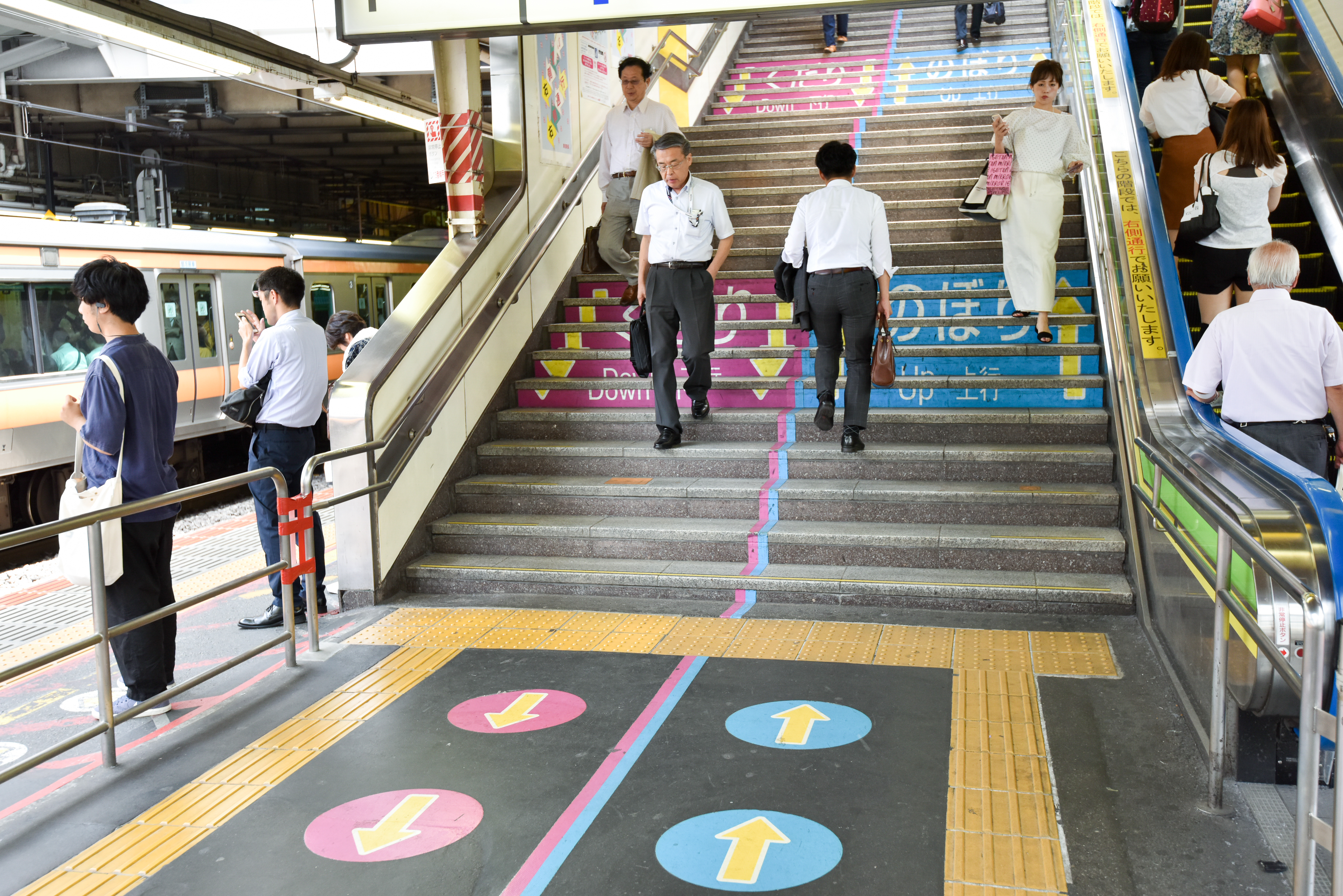
Clear Guidelines.
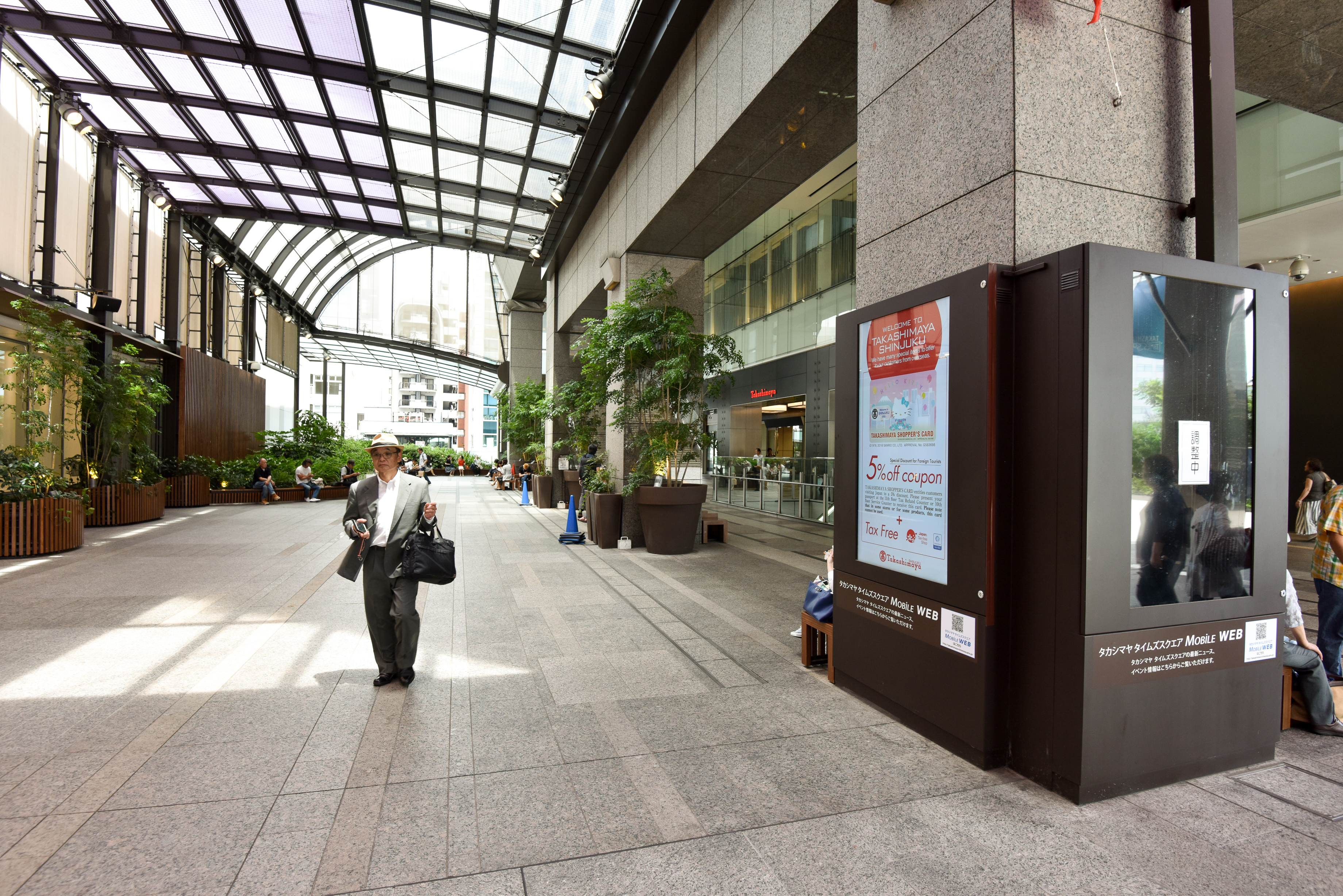
Public-Private Space. Seating, planting, digital advertising.
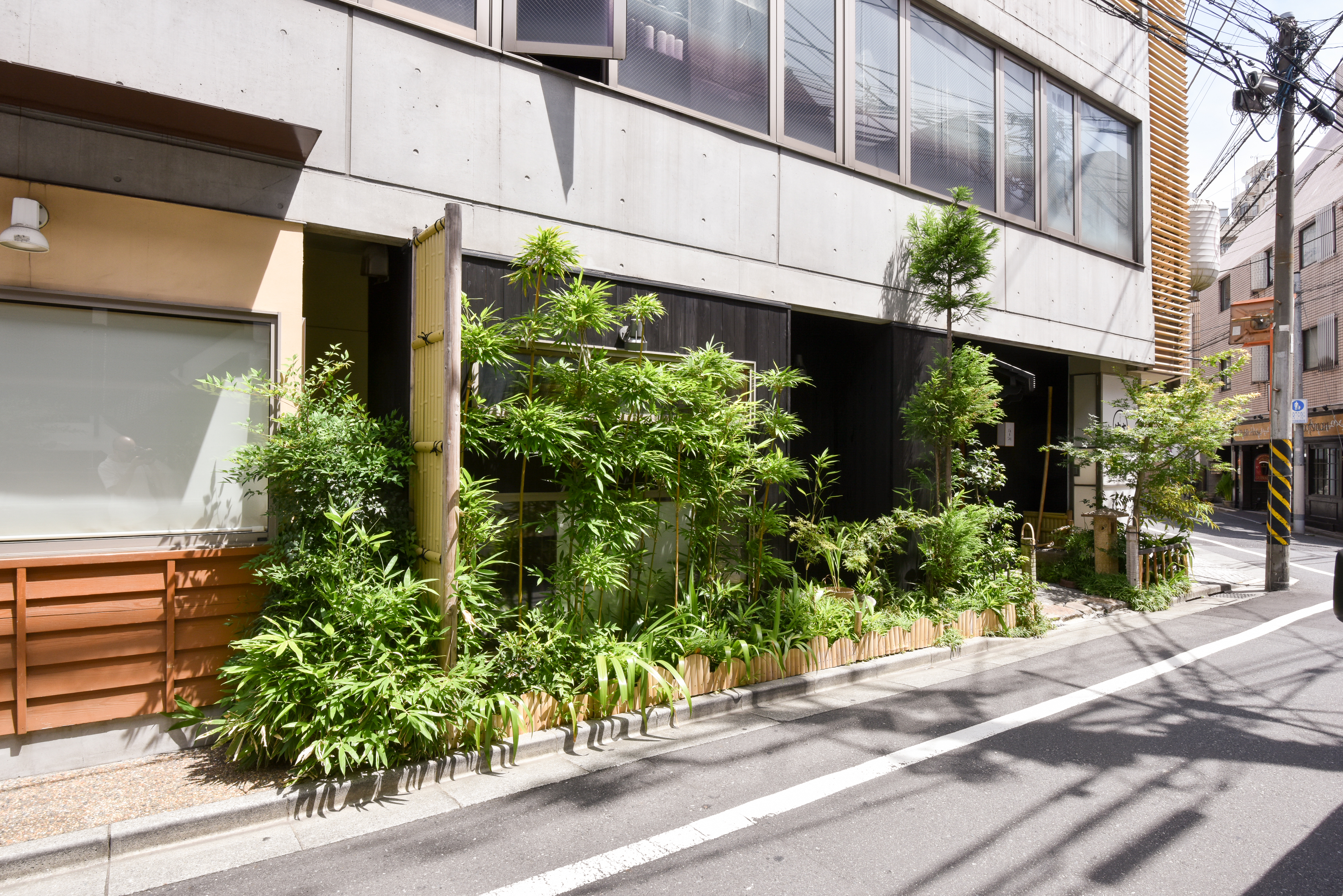
Plant-lined Tokyo street.
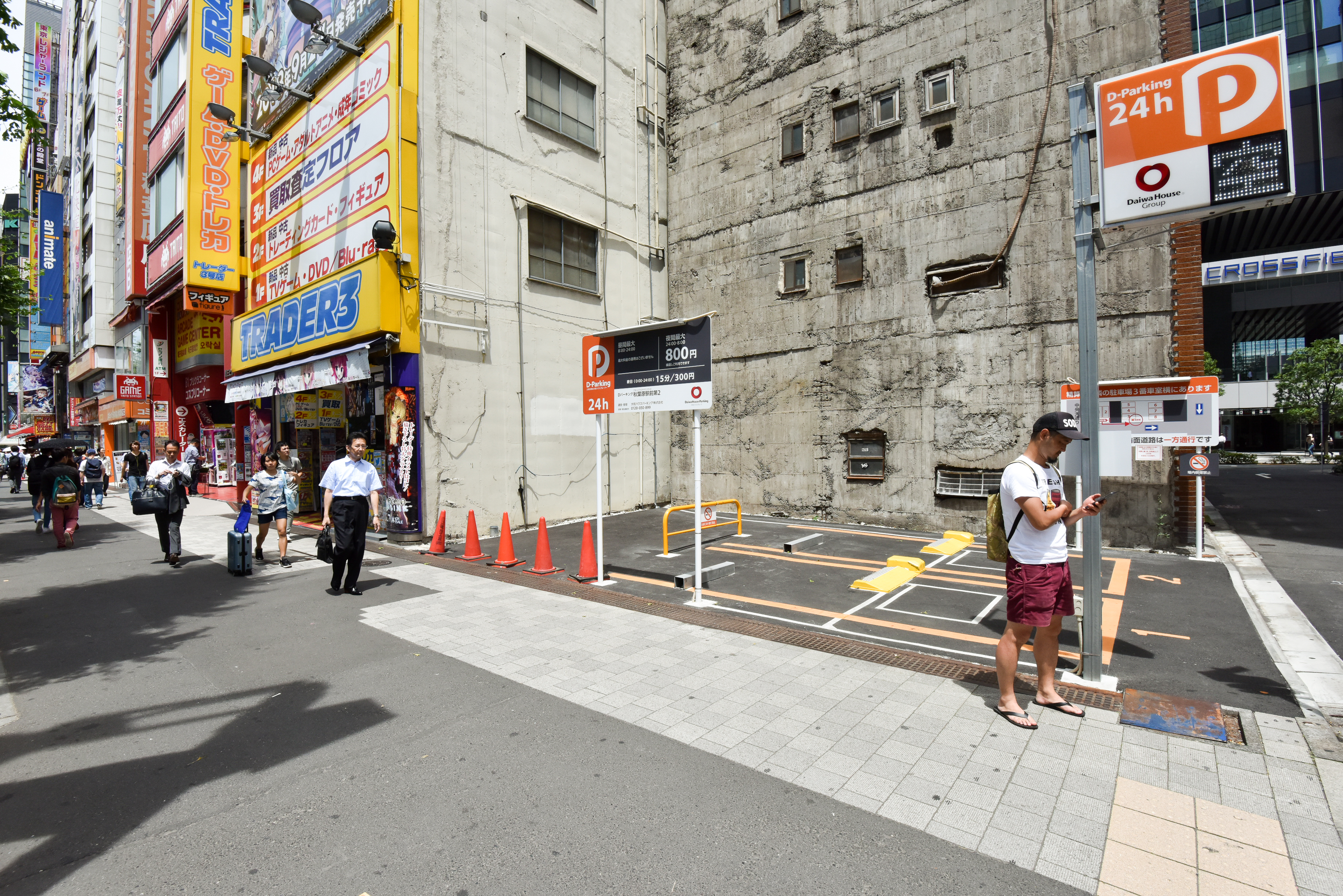
Could we create an intervention in a car park in the heart of Akihabara?




